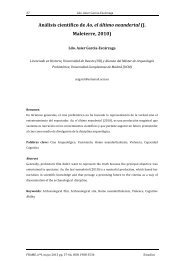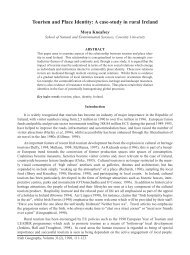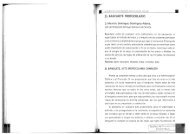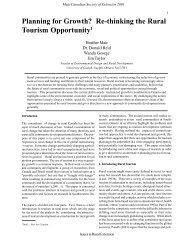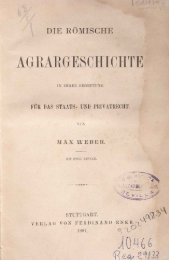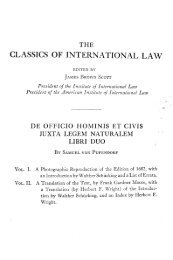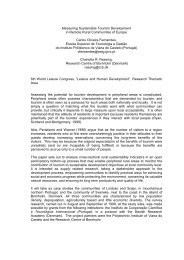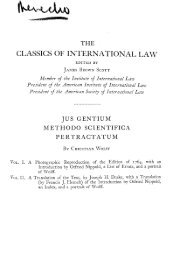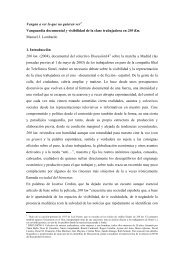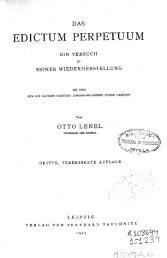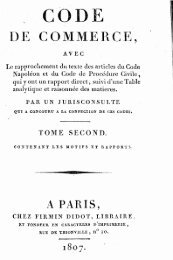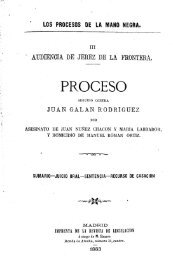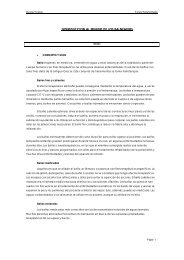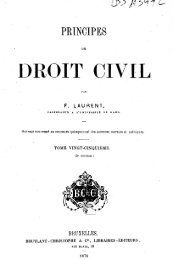Alicante Step by step - Universidad de Sevilla
Alicante Step by step - Universidad de Sevilla
Alicante Step by step - Universidad de Sevilla
Create successful ePaper yourself
Turn your PDF publications into a flip-book with our unique Google optimized e-Paper software.
6<br />
MONUMENTS AND MUSEUMS<br />
In <strong>Alicante</strong> we can see the Ibero-Roman city with remains<br />
dating from the 5th century BC to the 2nd century AD, or<br />
choose to see some of the displays of the finest contemporary<br />
artists; one of the most advanced archaeological museums in<br />
Spain; or the largest collection of 20th-century Spanish sculpture<br />
in the world; or an imposing mountaintop castle, Gothic churches<br />
and many extraordinary examples of civic and religious buildings<br />
in the baroque style.<br />
As a new addition to <strong>Alicante</strong>'s fine selection of monuments and museums, the city is<br />
soon to open a Provincial Fine Arts Gallery inten<strong>de</strong>d to contain and preserve 19th-century<br />
paintings and other works of art now in the holdings of the provincial council.<br />
The city’s 18th-century manor houses, the typical Santa Cruz quarter with its quaint<br />
chapels, and many other monuments scattered around the urban area where travelling<br />
exhibitions are often held, are other attractions in the tourist lineup this city has to offer,<br />
ensuring that visitors will be pleasantly surprised.<br />
CHURCHES AND TEMPLES<br />
Iglesia <strong>de</strong> Santa María (St Mary's Church) tel. 96 521 60 26<br />
This is the ol<strong>de</strong>st church in the city and was built in the Gothic style between the 14th<br />
and 16th centuries over the ruins of what was once the main mosque during the Moorish<br />
domination. The solid-looking towers flanking the faça<strong>de</strong> are similar in appearance, but<br />
are in fact different in that the right tower has an original “L” shape and dates from the<br />
14th century whereas the other is rectangular and was erected in 1713. The portal is a<br />
beautiful example of sculpted baroque stonework and is attributed to Juan Bautista Borja.<br />
Of note insi<strong>de</strong> is the high alter in gol<strong>de</strong>n rococo (18th C), the choir in a very pure 14th-<br />
century Gothic style, the 16th-century Immaculate Conception chapel, with an image<br />
<strong>by</strong> Esteve Bonet (18th C), the antechoir, with a handsome baroque stone doorway, and<br />
the baptism chapel whose font in white Carrara marble is of Italian workmanship from<br />
the 16th century, attributed to the school of Michelangelo.<br />
There are many works of art kept insi<strong>de</strong> this church, of which two valuable pieces from<br />
the 15th century can be highlighted: a Gothic image in stone representing St Mary and<br />
a sculpture of the Santos Juanes <strong>by</strong> Rodrigo <strong>de</strong> Osona. There are also incunabula dating<br />
from the 13th century onwards.



